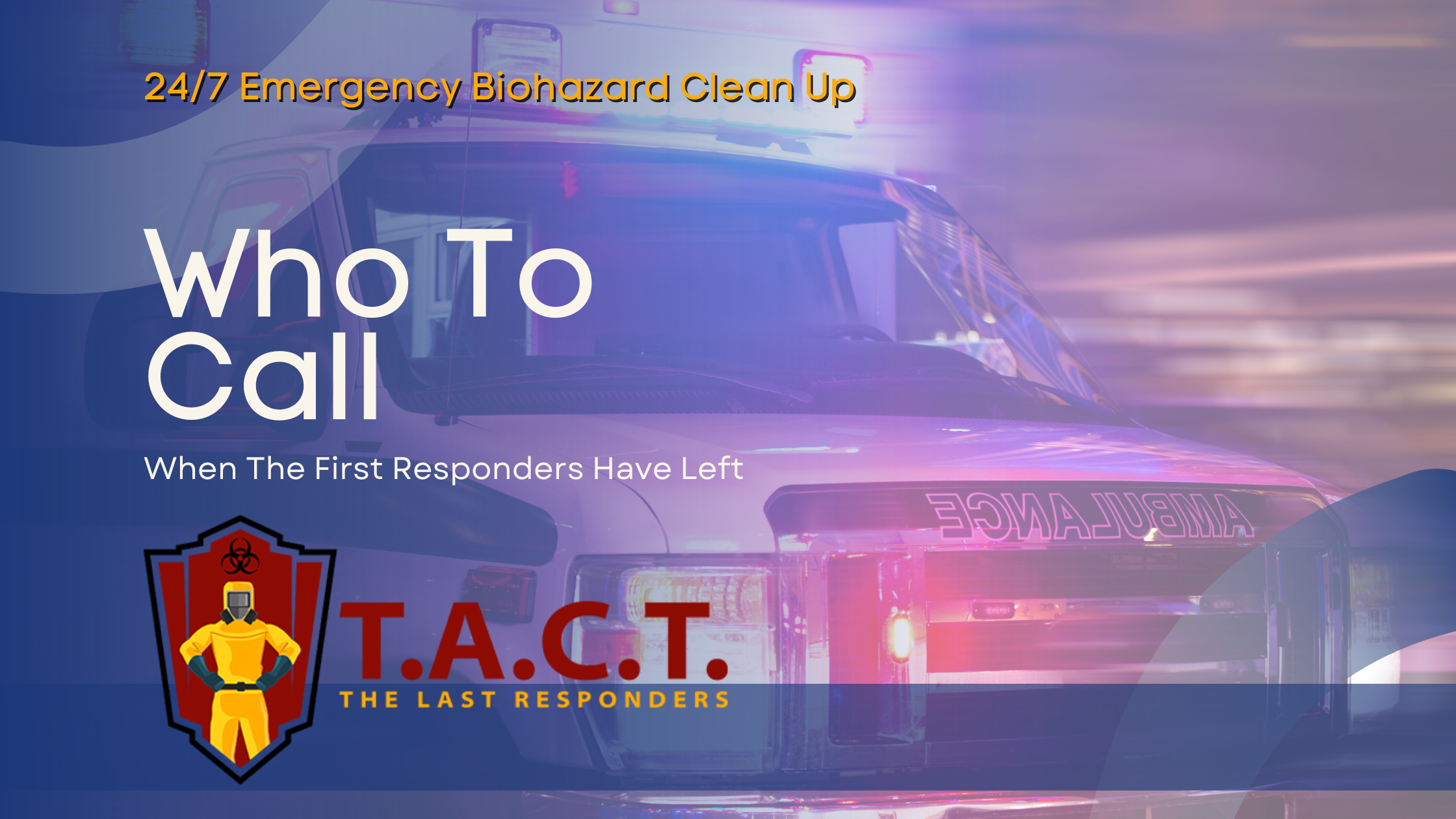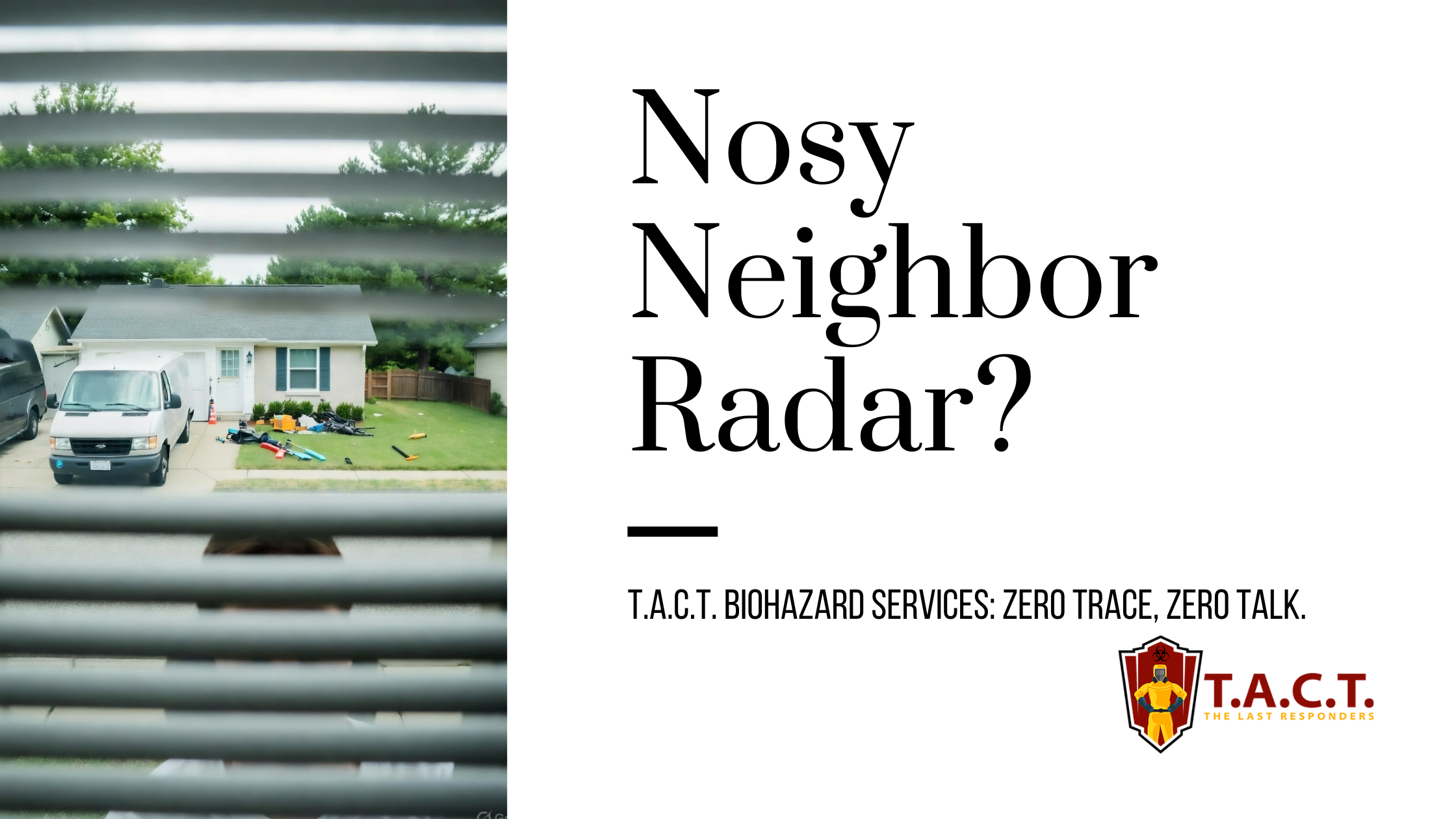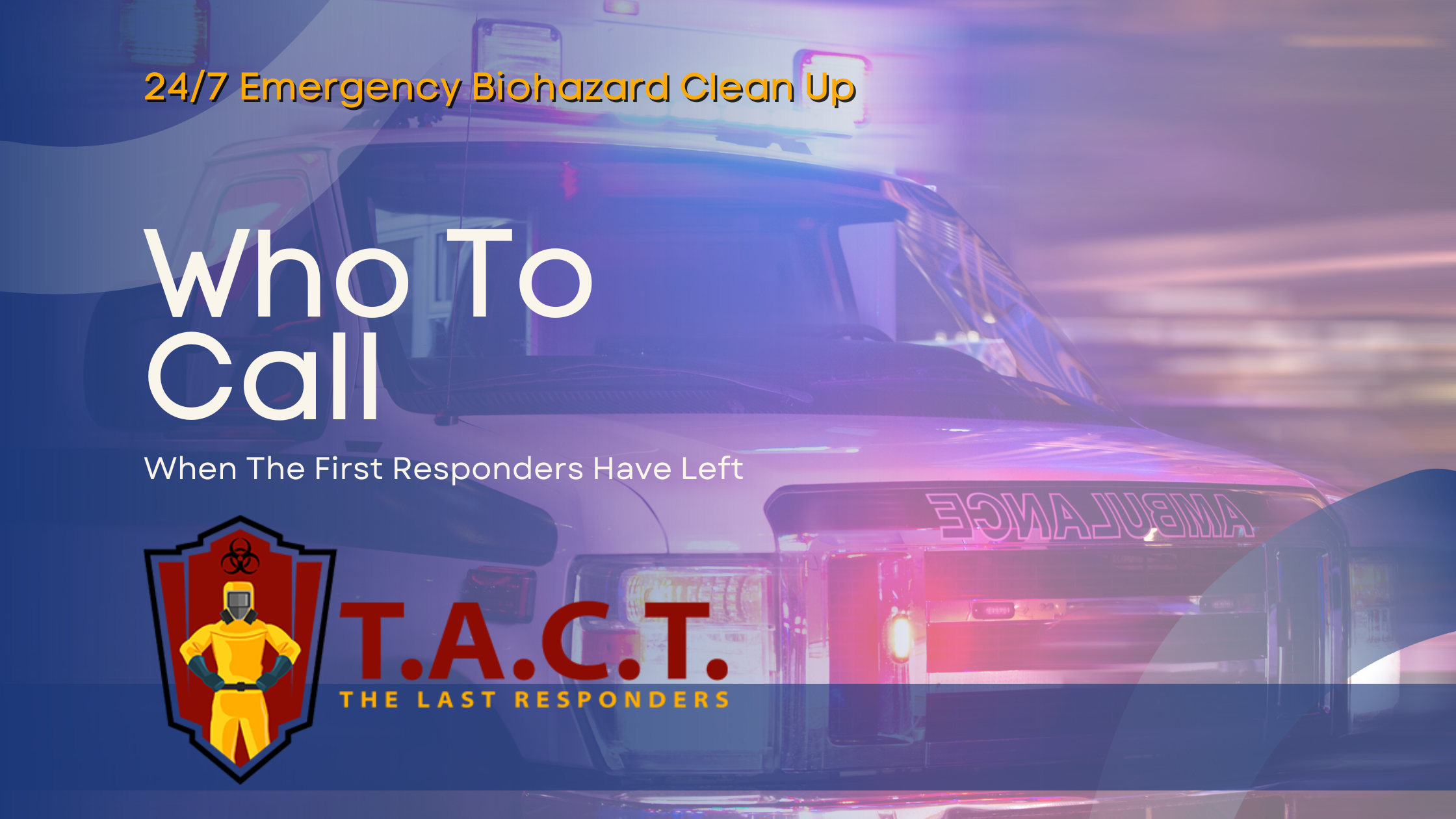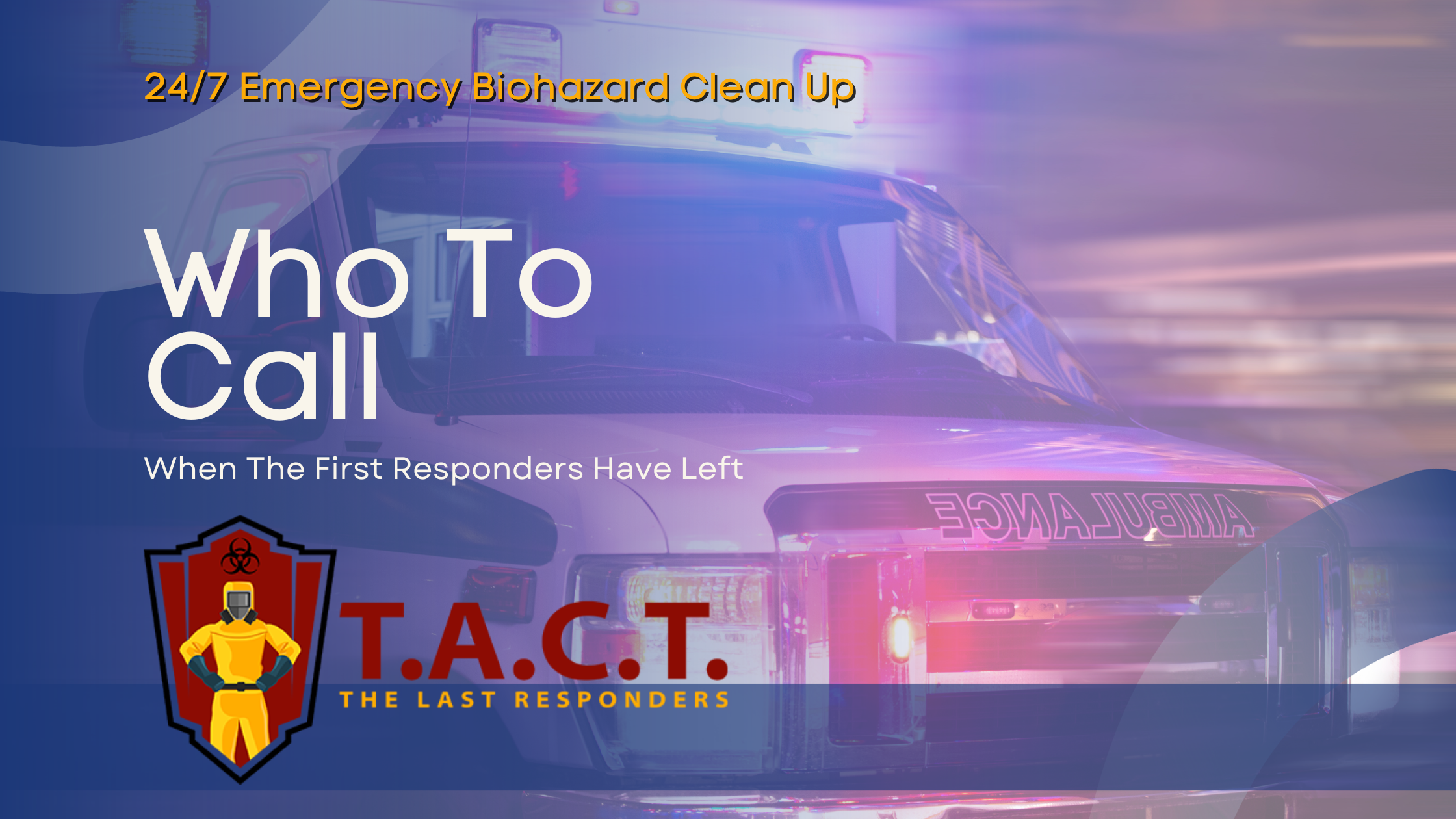Understanding the levels of hoarding

Understanding the Levels of Hoarding and How to Offer Effective Support
Hoarding is more than just an overflowing closet or a cluttered garage. It’s a complex mental health condition that can quietly take over an individual’s living space and emotional well-being. For families, friends, and professionals, recognizing the stages of hoarding and knowing how to help are essential steps toward meaningful change. This guide sheds light on the five levels of hoarding, outlines the dangers of excessive clutter, and encourages compassionate action for those seeking support.
Hoarding Disorder Explained
Hoarding disorder, as recognized by the DSM-5, is characterized by an ongoing difficulty discarding or parting with possessions, regardless of their value. The behavior results in the accumulation of items that crowd living spaces and disrupt daily life. Unlike mere disorganization, hoarding often co-occurs with other mental health disorders such as obsessive-compulsive disorder (OCD), anxiety disorders, and depression. The consequences can be severe, ranging from impaired social relationships to unsafe living environments.
Understanding the complexities of hoarding is crucial not only for those directly affected but also for loved ones and professionals tasked with support. An empathetic and informed approach can make a significant difference in a person’s willingness to seek help and their long-term success in overcoming hoarding.
The Five Stages of Hoarding
Hoarding develops on a spectrum, with each level bringing new challenges and risks. Tools like the Clutter Image Rating Scale (CIRS) are often used to visually assess the degree of clutter and guide interventions.
Level One Minimal Clutter
- Living spaces are mostly functional and accessible.
- Clutter is limited to a few surfaces, such as countertops or dressers.
- Health risks are minimal, and no structural damage is present.
Level Two Mild Clutter
- Slight buildup of items in specific rooms. Entryways and passageways are still clear.
- First signs of difficulty discarding or organizing belongings.
- Mild odors or pet hair may be present, but living areas remain generally safe.
Level Three Moderate Clutter
- Noticeable accumulation of items blocks access to some parts of the home.
- Cluttered rooms begin to lose their intended function (a bedroom used for storage, for example).
- Beginning hazards such as tripping, fire risks, or light pest presence arise.
Level Four Severe Clutter
- Major sections of the home can no longer be used as intended.
- Utilities (like heating or air conditioning) may be blocked or non-functional.
- Serious health and safety risks develop, including structural issues and infestations.
Level Five Extreme Clutter
- Home becomes unsafe for occupants and possibly for neighbors as well.
- Essential services (electric, plumbing, emergency exits) are blocked or inoperable.
- High likelihood of intervention from social services, legal authorities, or emergency responders.
Recognizing these stages is essential for early intervention and choosing appropriate support strategies.
How Clutter Builds Up
Accumulating clutter is at the heart of hoarding disorder. Often, this accumulation stems from:
- Sentimental attachment to objects, including everyday items like receipts or packaging.
- Fear of losing something important or useful in the future.
- Difficulty making decisions about what to throw away.
- Anxiety or distress associated with discarding items.
Clutter often starts on commonly used surfaces and can spread to block entire rooms and hallways. This not only creates health hazards such as fire and pest infestations but also greatly diminishes quality of life.
The Dangers of Excessive Clutter
- Fire risk increases as newspapers, magazines, or empty boxes pile up.
- Hygiene concerns surge with insect and rodent infestations.
- Physical injuries like trips or falls become more likely.
- Social isolation grows as individuals avoid visitors.
- Strain on relationships intensifies, causing emotional distress for families and friends.
The Ripple Effect of Hoarding
Hoarding isn’t just a private challenge. Its impact can extend well beyond the individual:
- Family and friends often struggle with how to help and may experience stress, guilt, or frustration.
- Structural home damage is common, leading to significant financial burdens and, in some cases, loss of property.
- Community risks arise when hoarding affects shared living spaces, multi-family buildings, or neighborhoods.
- Legal interventions such as eviction or guardianship may be necessary when the situation becomes dangerous or unsanitary.
Different Types of Clutter and Why They Matter
Clutter is not a one-size-fits-all problem. Understanding its roots helps guide treatment and support:
Disorganization
Some clutter results from disorganization. For example, a busy schedule or lack of storage solutions can lead to items piling up. This type of clutter can often be resolved with organizational strategies and minor behavioral changes.
Excessive Accumulation
Individuals may accumulate excessive amounts of specific items, such as clothing, books, or food, regardless of their actual need or value. Here, the act of collecting, rather than using, becomes central to the individual’s behavior.
Difficulty Discarding
For many, the greatest challenge is not bringing new things home but letting go. Discarding possessions can cause intense distress, even when items are broken, outdated, or clearly unnecessary.
Understanding these categories can help professionals, family members, and individuals identify root causes and pursue effective strategies for change.
Taking Steps to Seek Help
Acknowledging that hoarding is a mental health condition requiring specialized care is the first, vital step towards progress. Seeking help is not a sign of weakness, but rather a courageous commitment to improvement.
Professional Support
- Mental health professionals can diagnose and treat hoarding disorder, often using cognitive-behavioral therapy (CBT), which focuses on changing unhelpful beliefs and habits.
- Medication may be beneficial, especially when hoarding co-occurs with anxiety or depression.
- Professional organizers skilled in hoarding situations bring practical strategies and nonjudgmental guidance.
The Role of Loved Ones
Support from family and friends can make all the difference. It’s important to:
- Approach conversations without judgment and with empathy.
- Understand that the process is gradual and setbacks are common.
- Encourage ongoing professional support and celebrate small victories.
The Path to Overcoming Hoarding
No two journeys are alike, but most successful recovery plans share a few key elements:
Comprehensive Assessment
Start by honestly evaluating the current situation, using scales like the CIRS and discussing challenges openly with professionals.
Setting Realistic Goals
Break the process down into manageable steps. Small, consistent progress is more sustainable than drastic, short-lived efforts.
Skill-Building
Learning how to sort, categorize, and discard items in a healthy way paves the way to lasting change. Techniques might include:
- Scheduling regular decluttering sessions.
- Developing decision-making skills around what to keep and what to donate or dispose of.
- Using lists and visual reminders to stay organized.
Ongoing Support
Hoarding recovery is often a lifelong commitment. Support groups, therapy sessions, and maintenance visits from organizers help keep progress on track.
Strategies for Maintaining a Clutter-Free Home
Clearing clutter is just the first phase. Maintenance is where lasting transformation happens. Individuals can foster a safe and inviting home by:
- Creating daily or weekly routines for cleaning and organizing.
- Setting up systems for immediate disposal of junk mail, packaging, or other unnecessary items.
- Scheduling regular check-ins with professionals or family members.
- Celebrating milestones to build confidence and reinforce positive changes.
The benefits of a clutter-free space go far beyond aesthetics. Improved mental health, reduced stress, better physical safety, and more meaningful social connections often follow.
Empowerment and Ongoing Support Are Key
Understanding the different levels of hoarding is not about labeling or judging. It’s an essential step toward providing informed, compassionate support. With awareness, encouragement, and expert intervention, individuals living with hoarding disorder can reclaim their homes and rebuild their lives.
If you or a loved one is struggling with clutter or hoarding, reach out to a qualified mental health professional for assessment and support. Recovery is a process, but with the right help, a healthier and more hopeful future is within reach.
Meta data
Meta title
Levels of Hoarding and How to Help Someone Overcome Clutter
Meta description
Learn the five stages of hoarding, health risks of clutter, and how to support loved ones with hoarding disorder. Expert tips for safer, happier homes.
Latest news

Nosy neighbors peeking? T.A.C.T. North Atlanta offers discreet biohazard remediation for rodent infestations, mold, hoarding, and more. Unmarked vehicles, quiet experts, full privacy—24/7 service at 470-781-4775.
Read More

